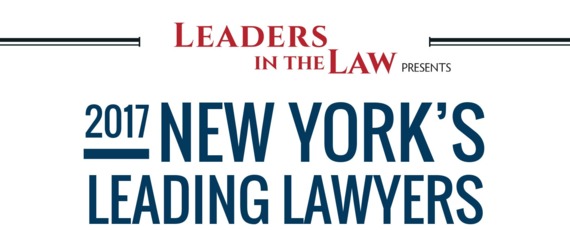 Civil liberties are a right bestowed upon all Americans. These freedoms ensure equal opportunities and equal treatment regardless of race, gender, ethnicity, sexual orientation, political views, religion or disability. Repression, discrimination or mistreatment on the basis of any of these factors is not only unjust, but a federal violation. As a citizen of the United States, you are afforded protections for the freedom of speech, the right to due process, religion and assembly, and the right to petition against state and local governments.
Civil liberties are a right bestowed upon all Americans. These freedoms ensure equal opportunities and equal treatment regardless of race, gender, ethnicity, sexual orientation, political views, religion or disability. Repression, discrimination or mistreatment on the basis of any of these factors is not only unjust, but a federal violation. As a citizen of the United States, you are afforded protections for the freedom of speech, the right to due process, religion and assembly, and the right to petition against state and local governments.
When these basic freedoms are violated by individuals or representatives of government, victims have remedies for legal recourse. The Constitution of the United States protects citizens from unlawful infringement or abuses, whether committed by a public official, a workplace employer or a law enforcement agent.
Do I need a civil rights lawyer?
If you believe that your civil rights have been violated based on characteristics such as gender, national origin, or race, you are encouraged to speak with an experienced attorney who specializes in this complex area of law.
These violations are among the most deplorable because they involve trusted persons in positions of authority. Even one false arrest or wrongful conviction is too many, but the reality is this type of iniquity is all too common.
A skilled civil rights lawyer understands all facets of these constitutional protections and can help victims outline the best course of action for seeking redress and justice. Since these cases are some of the most challenging to investigate and pursue, it is essential to partner with an advocate who has extensive knowledge and experience.
Violations of civil liberties
A civil rights claim may arise from various violations and can be resolved through mediation, administrative reviews, settlement negotiations or trial.
Some common examples of civil rights cases include:
- Police misconduct such as unlawful arrest
- Unjust imprisonment
- Police brutality
- Prosecutorial misconduct
- Workplace discrimination based on sex, race, religion or ethnicity
- Unlawful searches and seizures
- Wrongful conviction
Though challenging to litigate, a civil rights lawsuit can seek compensatory damages against the defendant – and in cases entailing particularly wanton conduct — punitive damages. An attorney can advise you on the merits of your case, the likelihood of success, and the projected timeline for litigation.
Effective representation in New York City
If you are seeking a tenacious New York City civil rights lawyer, look no further than Friedman, Levy, Goldfarb, Green & Bagley, P.C. Contact our practice for straightforward, candid guidance about your legal matter. If we agree to take on your case, there are no upfront legal fees since we operate on a contingency basis.
We will commit all of the necessary resources to properly investigate your claim, retain expert witnesses and present a compelling case that fights for truth, justice and the freedoms to which you are entitled. We represent clients throughout the greater New York City metro area and Long Island.
If your civil rights have been violated, don’t delay in reaching out for a private case review today. Call 212-307-5800 or 800-969-5389.
Additional Resources on Civil Rights Matters:
- Justia, Civil Rights Cases https://supreme.justia.com/cases/federal/us/109/3/
- Cornell Law School, Civil Rights https://www.law.cornell.edu/wex/civil_rights

 New York construction accident statistics show a steep increase in serious injuries and fatalities, while safety inspections decline. The New York Committee for Occupational Safety & Health called the 71 New York State construction worker deaths in 2016 “an epidemic of construction fatalities.” The numbers reflect a workplace culture that is not as dedicated to safety as it should be. The vast majority of these incidents are preventable.
New York construction accident statistics show a steep increase in serious injuries and fatalities, while safety inspections decline. The New York Committee for Occupational Safety & Health called the 71 New York State construction worker deaths in 2016 “an epidemic of construction fatalities.” The numbers reflect a workplace culture that is not as dedicated to safety as it should be. The vast majority of these incidents are preventable.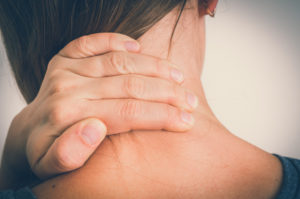 In the aftermath of a car accident, you might feel shaken up, but not as if you
In the aftermath of a car accident, you might feel shaken up, but not as if you  School is out and temperatures are rising, bringing many people to shopping malls. Shopping centers offer a convenient opportunity to browse dozens of stores, restaurants, and attractions in one stop, but the hustle and bustle can lead to slips, falls, and other personal injuries.
School is out and temperatures are rising, bringing many people to shopping malls. Shopping centers offer a convenient opportunity to browse dozens of stores, restaurants, and attractions in one stop, but the hustle and bustle can lead to slips, falls, and other personal injuries.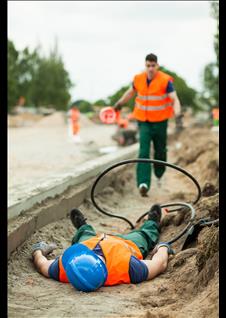 Because construction work is inherently dangerous, the risk of injury to workers is greater than in other industries and workplaces. However, construction workers have a right to a safe work environment. While construction injuries are usually covered under workers’ compensation laws, it may be possible to pursue a lawsuit based on negligence against site owners, contractors, subcontractors, their employees and agents for violations of applicable safety laws.
Because construction work is inherently dangerous, the risk of injury to workers is greater than in other industries and workplaces. However, construction workers have a right to a safe work environment. While construction injuries are usually covered under workers’ compensation laws, it may be possible to pursue a lawsuit based on negligence against site owners, contractors, subcontractors, their employees and agents for violations of applicable safety laws. Many individuals mistakenly believe that they cannot sue city hall, but this is not the case. Under the doctrine of sovereign immunity, town, city, county and state governments were once protected from most lawsuits. Today, those rules have been scaled back to some extent, and the government can be held responsible for personal injuries and property damage or unlawful conduct. Let’s take a look at personal injury and other lawsuits that can be brought against government entities.
Many individuals mistakenly believe that they cannot sue city hall, but this is not the case. Under the doctrine of sovereign immunity, town, city, county and state governments were once protected from most lawsuits. Today, those rules have been scaled back to some extent, and the government can be held responsible for personal injuries and property damage or unlawful conduct. Let’s take a look at personal injury and other lawsuits that can be brought against government entities.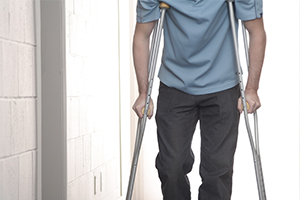 Most of the items we use on a daily basis are manufactured by a business operating somewhere in the world. Think about it: the vacuum cleaner, water heater, cell phone, the things we take for granted every day. What if the water heater malfunctioned and you were burned or the vacuum cleaner exploded while you were using it. If these accidents were due to a
Most of the items we use on a daily basis are manufactured by a business operating somewhere in the world. Think about it: the vacuum cleaner, water heater, cell phone, the things we take for granted every day. What if the water heater malfunctioned and you were burned or the vacuum cleaner exploded while you were using it. If these accidents were due to a 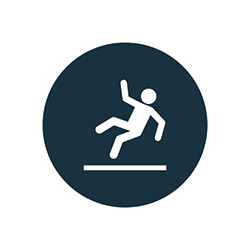
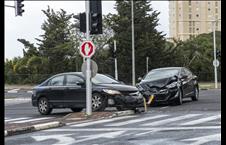 When the courts are asked to determine liability in a personal injury case involving a traffic accident, one of the first things a jury is asked to consider is who is at fault for the accident. There are several factors that are taken into consideration when making that determination.
When the courts are asked to determine liability in a personal injury case involving a traffic accident, one of the first things a jury is asked to consider is who is at fault for the accident. There are several factors that are taken into consideration when making that determination.